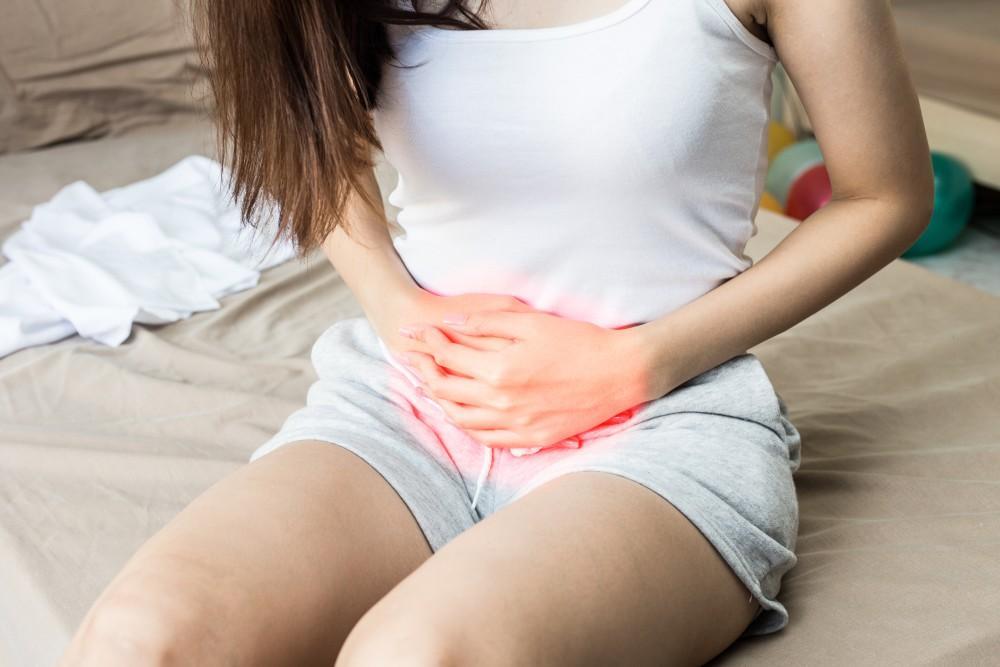
Telltale Signs You Have a Kidney Stone

Most people have two kidneys located behind their abdominal organs along the middle of their back. The purpose of your kidneys is to filter blood and send any waste that’s collected into your urine.
Sometimes, these waste products (usually salts or minerals) build up and form small, hard deposits called kidney stones. Stones develop inside kidneys, but they exit the body through the urinary tract.
Because the ureter is small, passing a stone can cause complications inside the urinary tract, as well as a range of unpleasant symptoms from abdominal pain to nausea. About 1 in 10 Americans will experience at least one kidney stone in their lifetime, but learning to recognize the telltale signs of a kidney stone isn’t always easy — especially if you’ve never had one.
Our team at Advanced Urology in Redondo Beach, Culver City, and Los Angeles, California, is here to help. While small stones might pass without your knowledge, larger stones can cause excruciating pain. Make an appointment at Advanced Urology if you have …
Abdominal pain
When kidney stones form, they usually don’t hurt. It’s when they move inside your kidneys or travel into the ureter that you might begin feeling pain. Abdominal pain related to kidney stones fluctuates in intensity and comes in waves.
A kidney stone that’s still in your kidney may cause sharp, intense pain in your side or back. It’s often felt just below your ribcage.
As the stone moves from your kidney into your urinary tract, the pain might feel more like a radiating ache in the lower abdomen, pelvis, or groin. Pain from kidney stones can be so intense that it triggers other symptoms, like nausea and vomiting.
Changes in urination
Another common sign of kidney stones is a burning or painful sensation when urinating. Kidney stones can cause changes in the way your urine looks or smells. Watch for:
- Pink, red, or brown coloring
- Cloudiness
- Foul, unusual smell
Kidney stones may give you the intense urge to urinate, so it’s common to go to the bathroom more often than normal, but only urinate small amounts each time.
If you notice blood in your urine or you’re experiencing pain so intense that you can’t sit still, seek medical attention. Nausea, chills, and vomiting may also be signs of infection that require prompt medical care.
Finding relief from kidney stone pain
Not all kidney stones require medical intervention. The smallest stones may pass without you even knowing, but medium-sized stones may cause pain that’s often easy to manage with pain medication and drinking plenty of water.
Stones that are about 4mm or larger may need professional care, so they don’t get lodged in your urinary tract and cause health complications. Our team offers a number of treatment options for larger stones, including extracorporeal shock wave lithotripsy and surgery.
Talk to our doctors to learn more about kidney stones and the treatment that’s right for you. Call the office nearest you, book online, or send our team a message today.
You Might Also Enjoy...


Here’s Why Prostate Cancer Screening Matters So Much

How Does Rezūm™ Treat an Enlarged Prostate Gland?

5 Simple Lifestyle Changes to Help Avoid Chronic UTIs

GreenLight™ Laser Therapy: How It Alleviates BPH Symptoms, and What to Expect From Treatment

